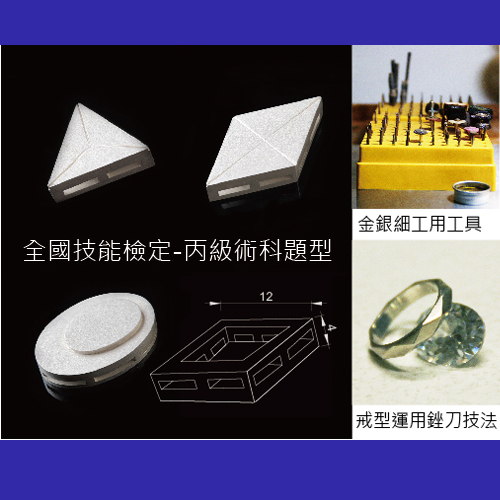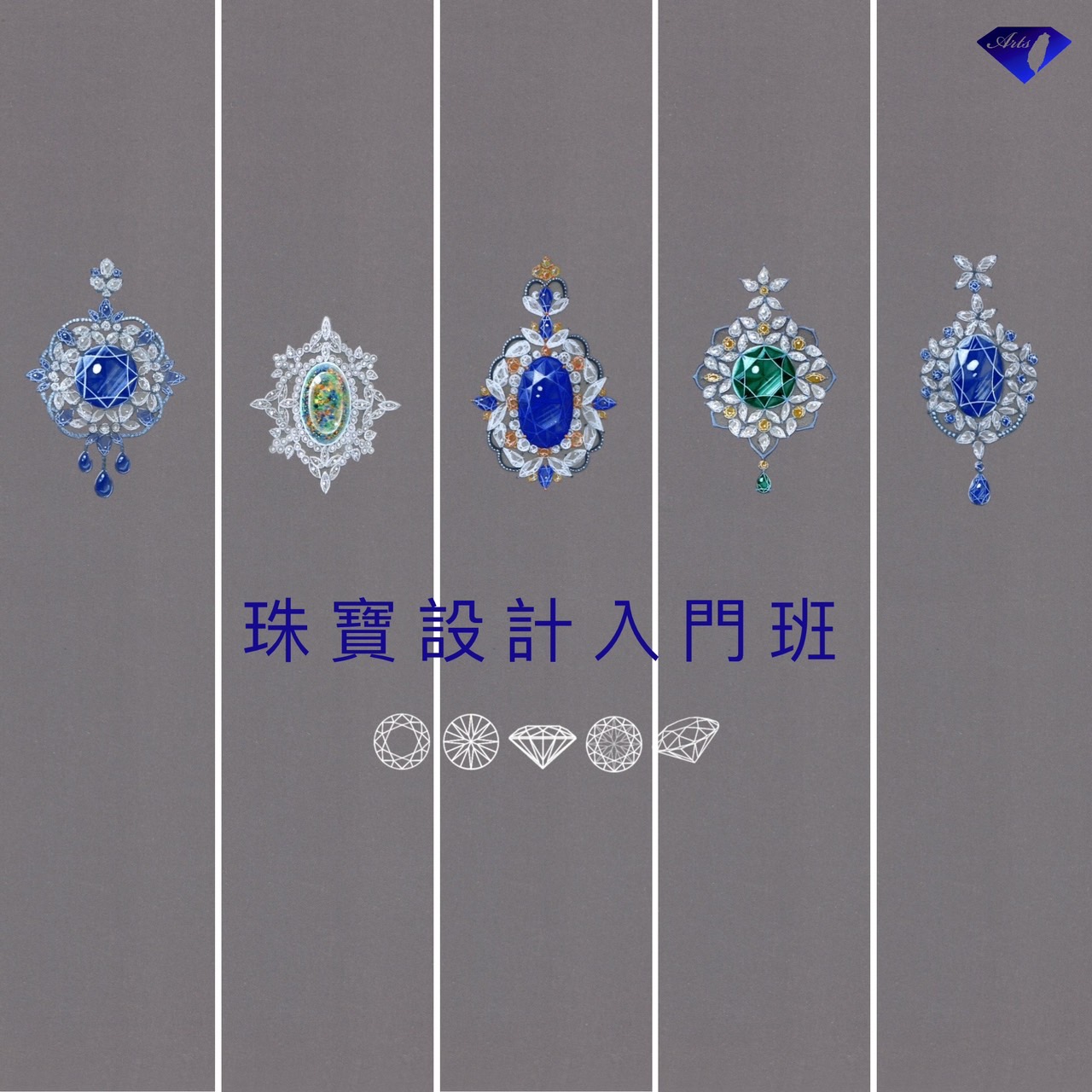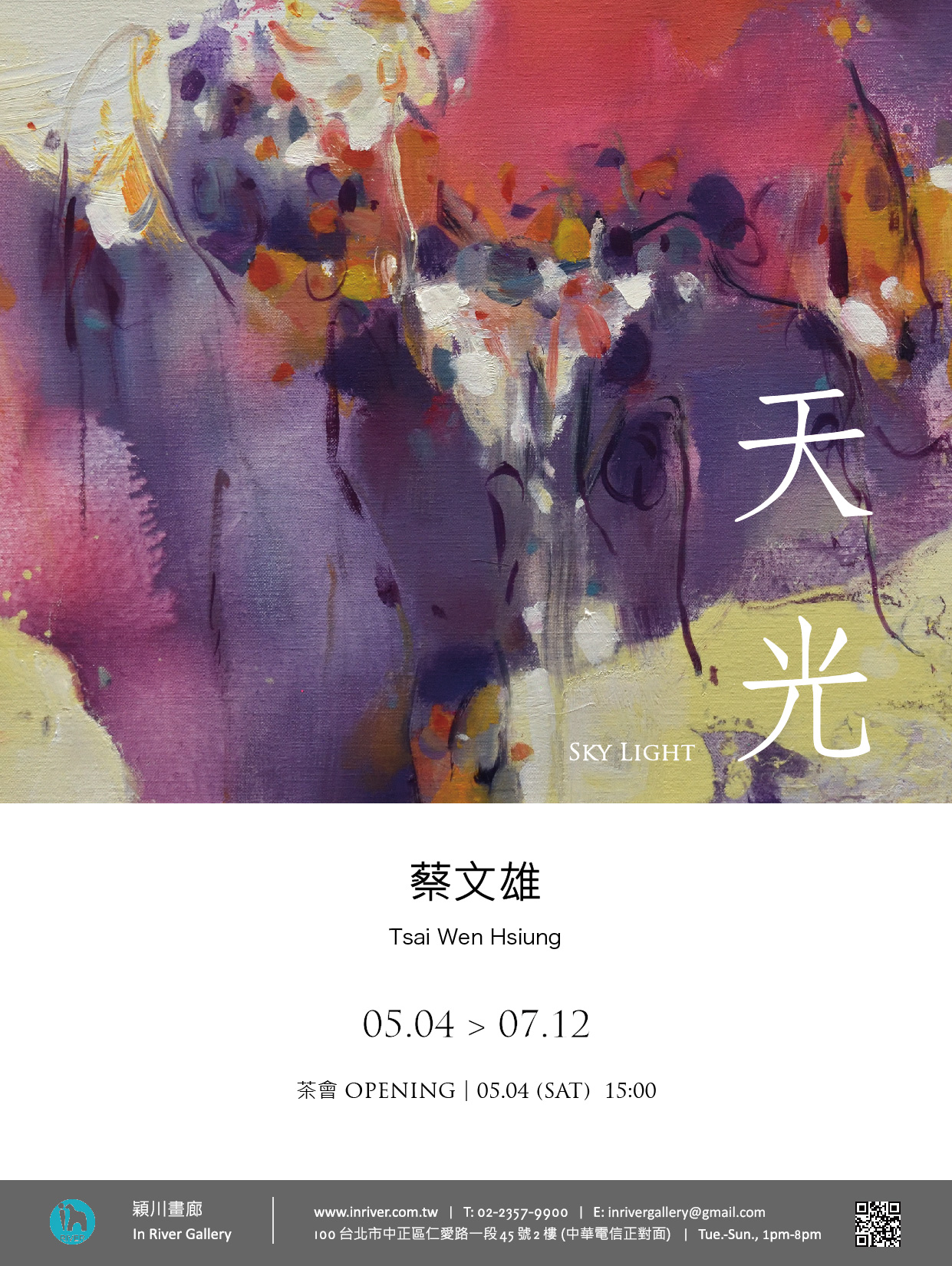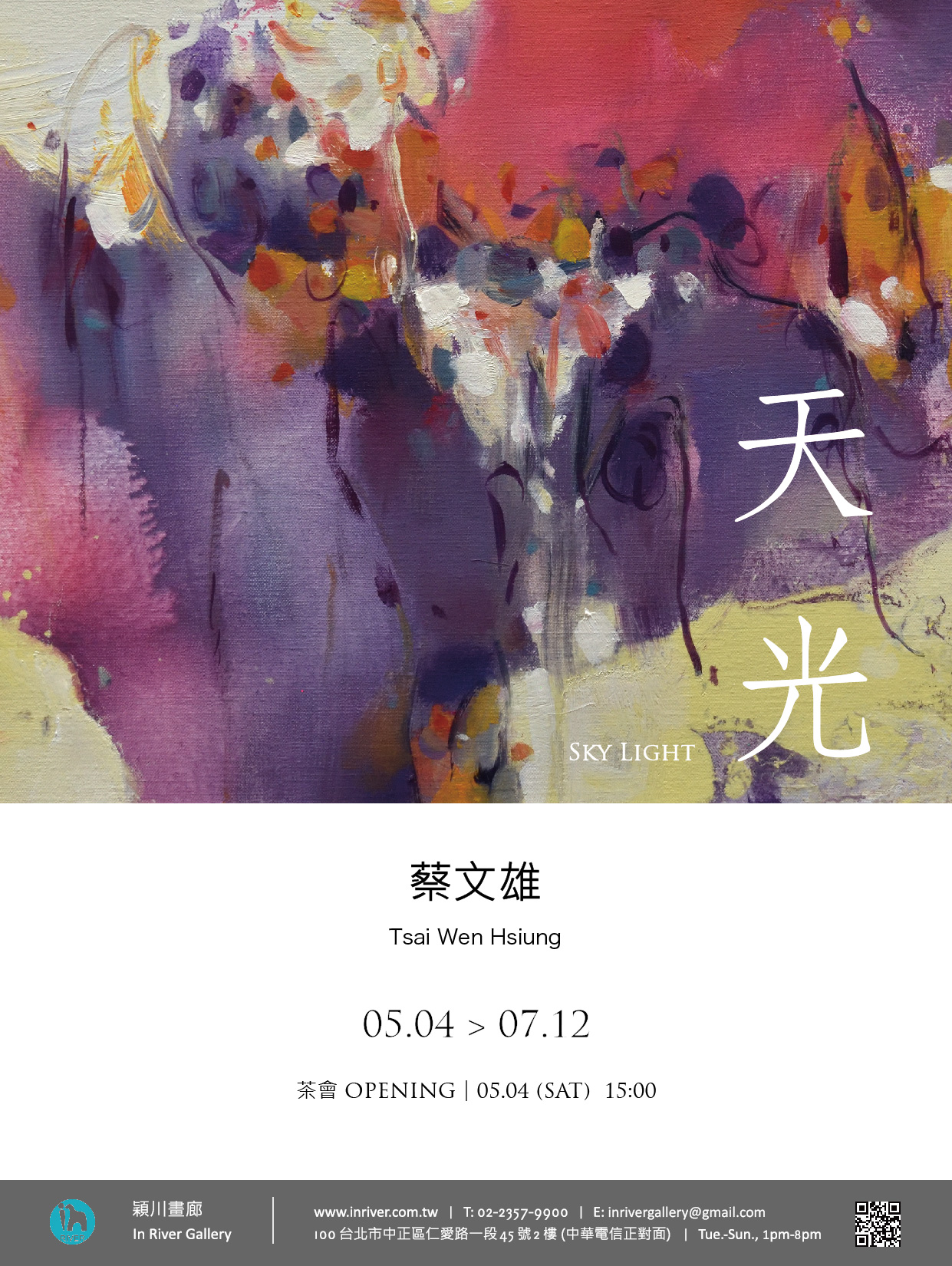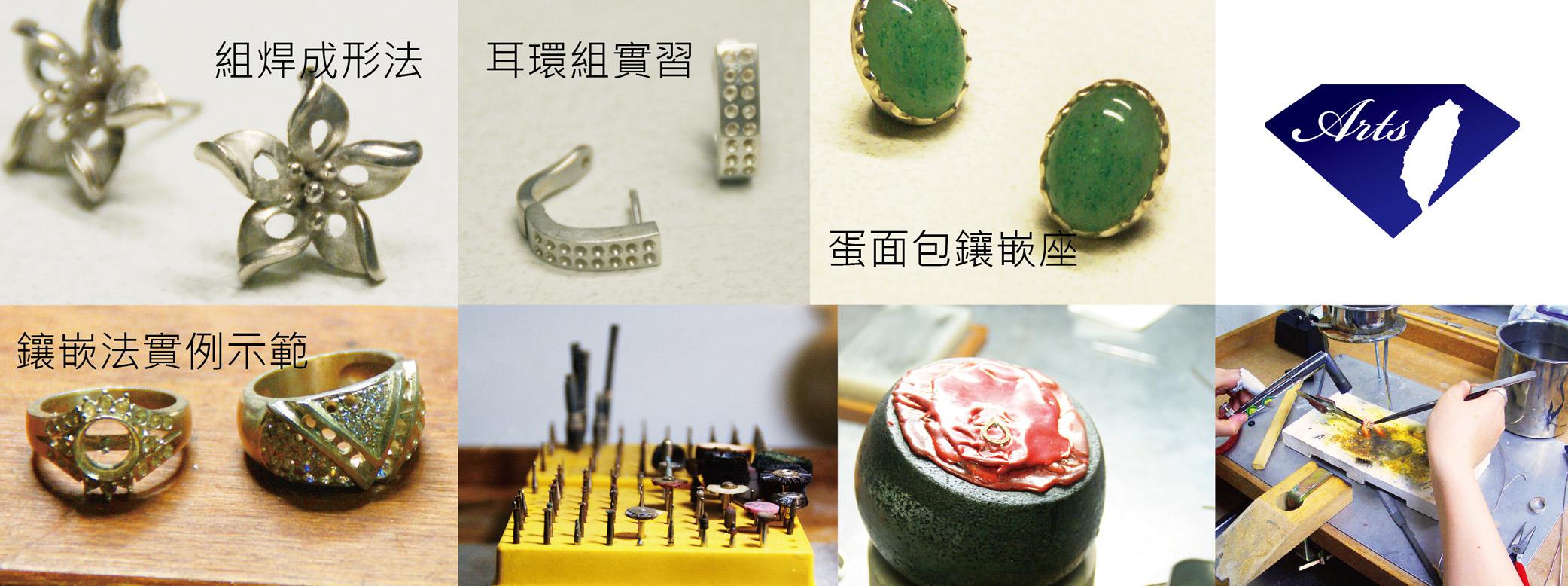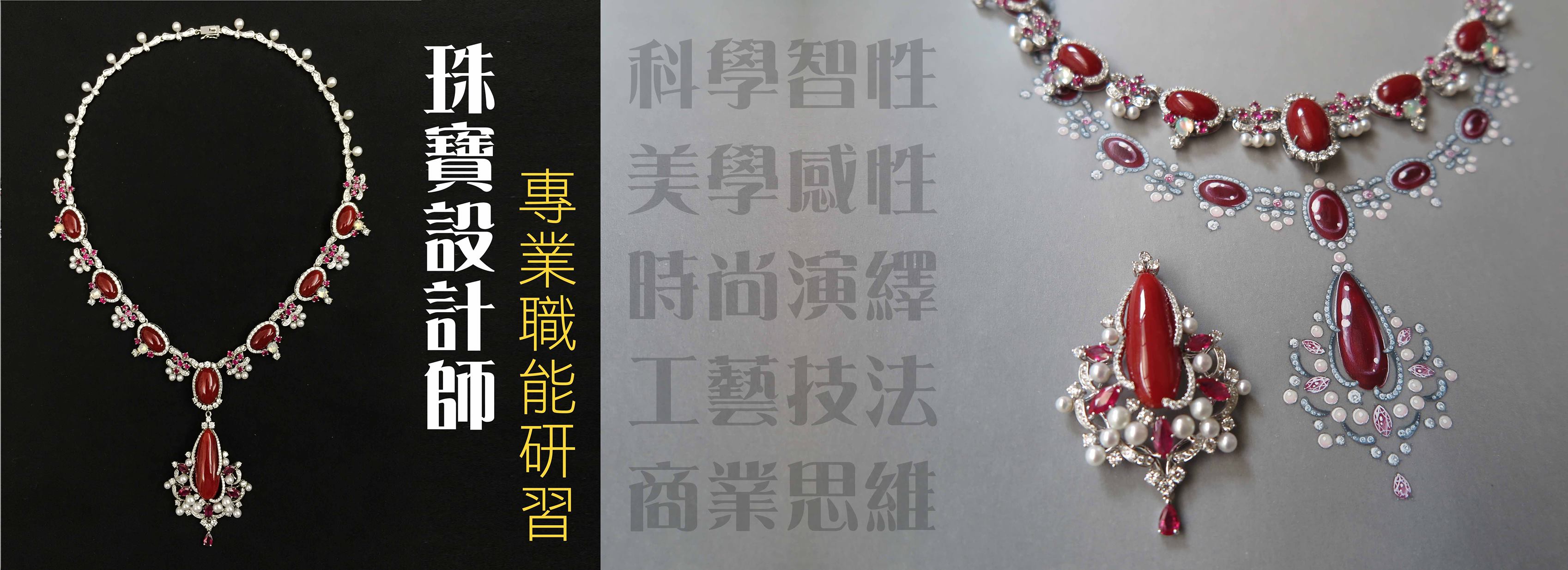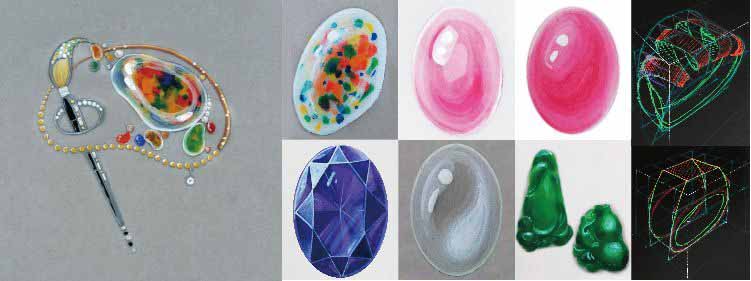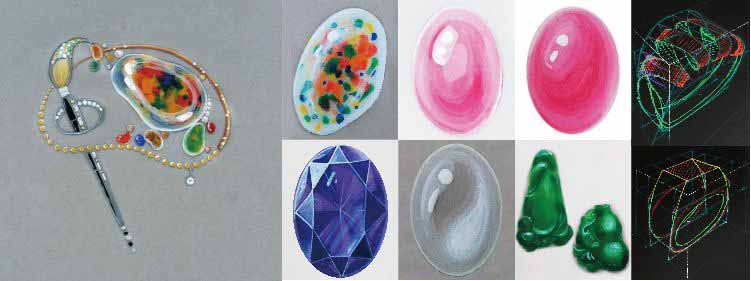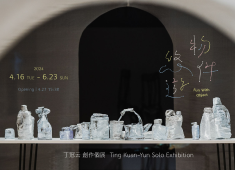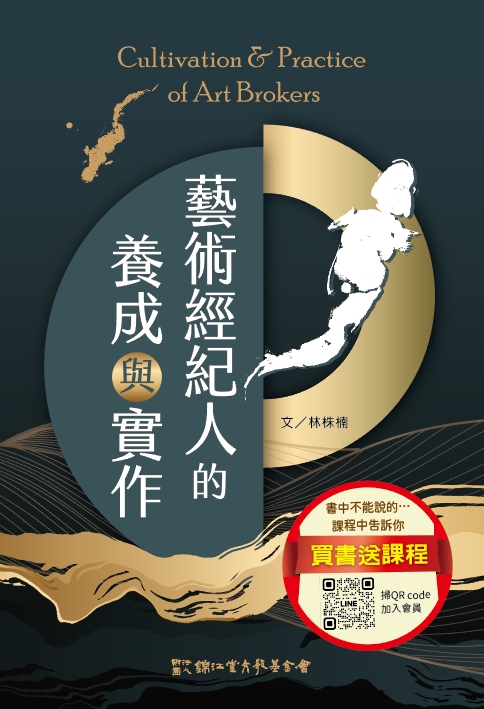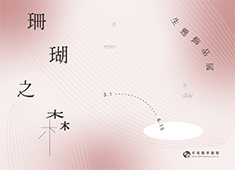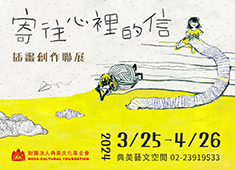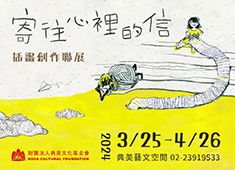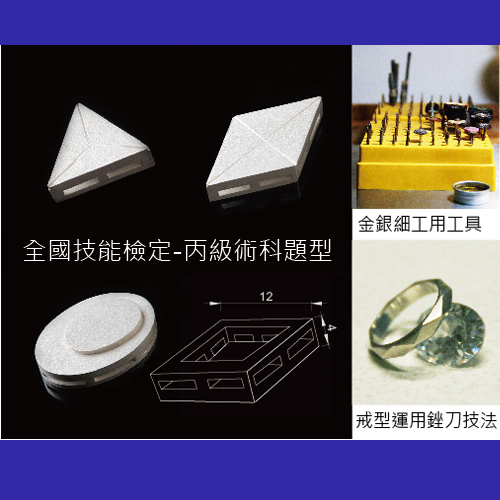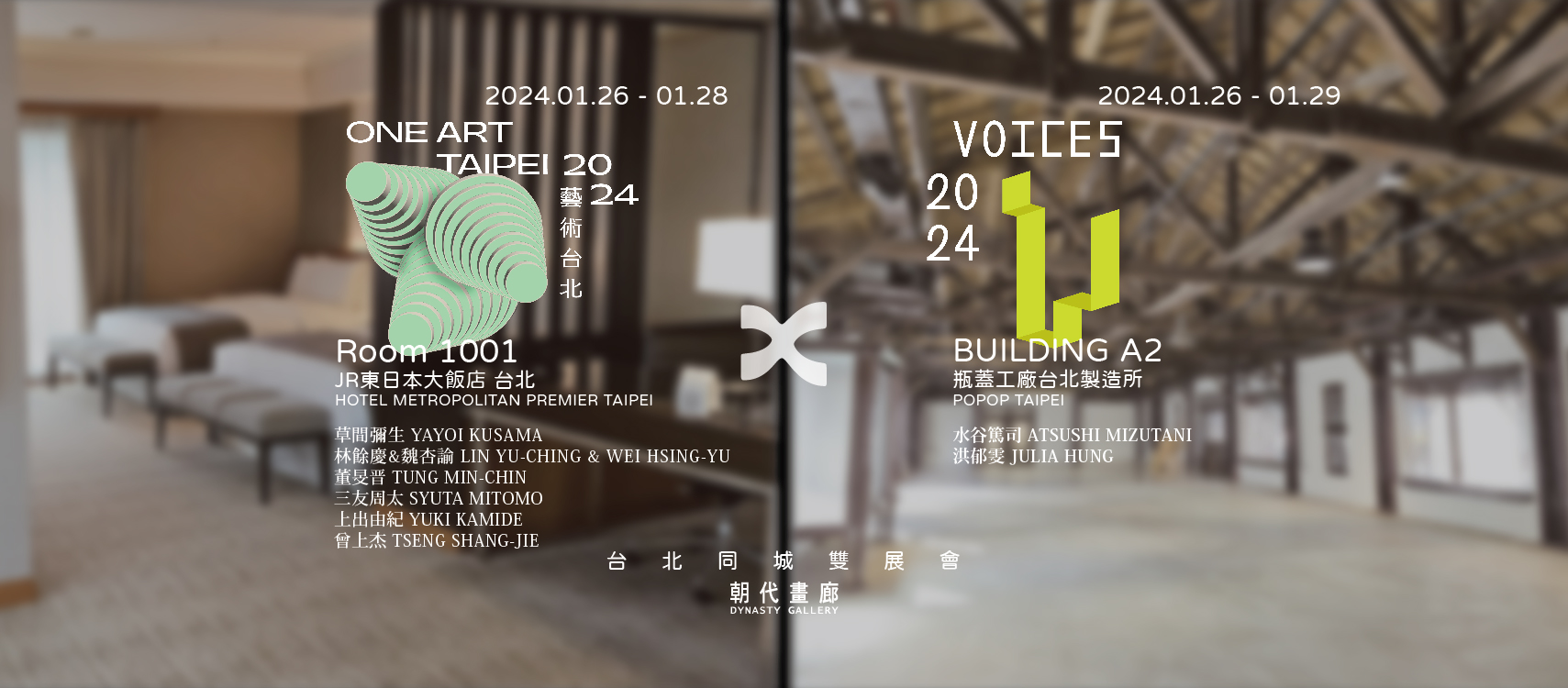財團法人春之文化基金會
台北市中山區長安東路一段九號六樓
日期:2014.12.12(五) 19:00~21:00
地點:台北當代藝術館1F活動大廳
主持:胡朝聖(策展人)
主講:陳伯康(香港西九龍視覺文化博物館建築與設計策展人)
講綱內容:
近年來以經濟成長、都市更新、建立聲望為謀略而高調提倡的「文化發展」與「創意產業」等政治訴求,其攤出的種種問題多於獻出的解答。各大城市為了爭取國際樞紐之名而相互較勁,促使其政府單位頻頻為規模龐大的文化計畫傾注豐沛的資源及大量的土地─這種情況在亞洲尤為常見。然而,這些計畫究竟受益了誰,而它們助長的又是誰的文化?是什麼樣的政治策略在推動著這些計畫,而它們對城市造成的具體與社會效益又為何?不管是從在地出發或是放眼全球,哪些觀點真正地構成或阻撓,甚或是襄助了這些計畫?
本場座談將透過在北京與香港的兩項截然不同的案例來分別檢視這些議題。第一項案例著重於北京設計周如何振興北京天安門附近的文化街區「大柵欄」,同時藉由官方政令和文化保存的迫切性,為現有居民的需求尋求平衡點方面所付出的努力。第二項案例則是由公共資金挹注的西九龍文化區,這是一個目前世界上最具野心的文化「白板」(tabula rasa)計畫-該計畫擁有十多處計劃設立的藝術場域,及全新的M+視覺文化博物館。縱使它們之間存在許多歧異與其各自面臨的挑戰,對各等級的政府舉措如何能推行更具效能且多元的計畫類型,這兩項案例或許可以作為經驗學習的借鏡。
※ 本講座以英文進行,備有即席翻譯。
【座位有限,請先上網報名:goo.gl/ej1XPr】
Topic: Can Government Do Culture? Two Urban Case Studies in Beijing and Hong Kong
Moderator: Sean C.S. HU (Director, HU’s Art Company )
Speaker: Aric CHEN (Curator of Design and Architecture , M+ Museum)
The political emphasis on “cultural development” and “creative industries” in recent years—as a strategy for economic growth, urban regeneration and prestige-building—has posed more questions than answers. Governments have dedicated vast resources and tracts of land to massive cultural projects, especially in Asia, as cities compete to become global centers. But who are these projects for, and whose culture are they advancing? What are the politics driving these efforts, what is their physical and social impact on the city, and what are the local and global perspectives that are informing, benefitting and hindering them?
This talk will examine these issues by looking at two nearly opposite examples, in Beijing and Hong Kong, respectively. The first focuses on Beijing Design Week’s effort to help revitalize Dashilar, the densely-packed historic district abutting Beijing’s Tiananmen Square, while balancing the needs of existing residents with government imperatives and the urgencies of preservation. The second is Hong Kong’s publicly-funded West Kowloon Cultural District, a tabula rasa project that—with more than a dozen planned performing arts venues and M+, a new museum for visual culture—is currently one of the most ambitious cultural projects in the world. Despite their differences and challenges, both potentially offer lessons for how top-down government initiatives might take on more productive, hybridized forms.
※ 本活動由春之文化基金會與台北當代藝術館共同舉辦。






